International
Liberal reporter reveals Democrats secretly wonder who’s running America after seeing Biden
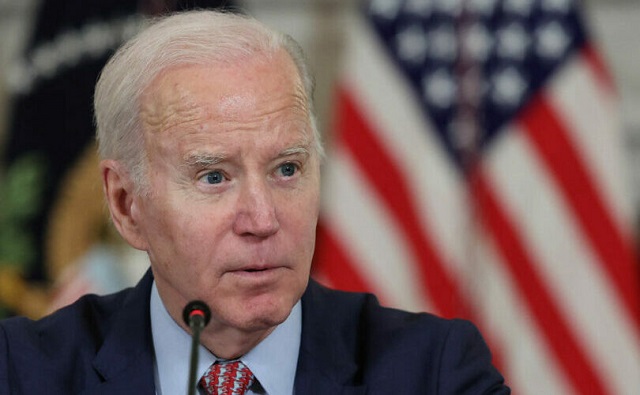
From LifeSiteNews
New York Magazine’s Olivia Nuzzi reveals that since January, Democrat insiders have been reaching out to her to convey the fears about who’s actually in charge of the federal government they’ve developed after seeing Joe Biden’s cognitive decline up close.
The fallout from incumbent President and presumptive Democrat White House nominee Joe Biden’s disastrous first 2024 debate with Republican predecessor and challenger Donald Trump continues, with liberal New York Magazine publishing perhaps the most scathing account yet of Democrats privately vindicating concerns about the president’s mental health that for years had been dismissed as partisan smears.
At age 81, Biden is the oldest president in U.S. history, and throughout his tenure he has been hounded by concerns that he has been suffering cognitive decline, based on increasingly frequent public instances of odd statements, incoherence, tripping, and apparent fatigue and confusion, with polls finding majorities considered him too old to effectively serve a second term.
Democrats and their allies in the mainstream press have largely dismissed such concerns as unfounded; as recently as June 21, left-wing “fact-checking” outlet PolitiFact attributed the narrative in large part to “videos of President Joe Biden that have been selectively edited or taken out of context.”
Just six days later, however, the narrative on the Left changed almost overnight with Biden’s performance against Trump in a debate hosted by CNN. LifeSiteNews’ Ashley Sadler described the president as “appear(ing) visibly unwell from the beginning of the debate, struggling with numerous answers (including, early in the debate, claiming to have ‘finally beat Medicare’), speaking with a hoarse voice, and frequently seeming vacant.”
Ever since, Democrat commentators, strategists, and activists have spoken openly about their fear and panic over winning the election if Biden remains their nominee, with the White House so far resisting calls for the president to bow out.
On June 29, Axios published a report detailing admissions from “current and former Biden officials” that the president is only “dependably engaged” between the hours of 10 a.m. to 4 p.m., outside of which “or while traveling abroad, Biden is more likely to have verbal miscues and become fatigued.”
On July 4, New York Magazine Washington correspondent Olivia Nuzzi published an even more damning story, about a “Conspiracy of Silence to Protect Joe Biden,” based on off-the-record conversations with Democrat insiders who had been reaching out to her since January to relay their concerns as to whether Biden could “even make it to Election Day” that they developed after interacting with or seeing him up close.
“Those who encountered the president in social settings sometimes left their interactions disturbed,” Nuzzi wrote. “Longtime friends of the Biden family, who spoke to me on the condition of anonymity, were shocked to find that the president did not remember their names. At a White House event last year, a guest recalled, with horror, realizing that the president would not be able to stay for the reception because it was clear he would not be able to make it through the reception. The guest wasn’t sure they could vote for Biden, since the guest was now open to an idea that they had previously dismissed as right-wing propaganda: The president may not really be the acting president after all.”
“Who was actually in charge? Nobody knew,” she continued. “But surely someone was in charge? And surely there must be a plan, since surely this situation could not endure? I heard these questions posed at cocktail parties on the coasts but also at MAGA rallies in Middle America. There emerged a comical overlap between the beliefs of the nation’s most elite liberal Biden supporters and the beliefs of the most rabid and conspiratorial supporters of former President Trump. Resistance or QAnon, they shared a grand theory of America in 2024: There has to be a secret group of high-level government leaders who control Biden and who will soon set into motion their plan to replace Biden as the Democratic presidential nominee. Nothing else made sense. They were in full agreement.”
Nuzzi recounted personally observing some of the same while following then-candidate Biden in 2020, who had “good days” of recognizing her and being as sharp and engaging as ever, but also “bad days” when “he was less animated. He stared off. He did not make eye contact. He would trip over his words, even if they were programmed in a teleprompter. On such occasions, he was hurried out of the venue quickly and ushered into a waiting SUV.”
When seeing Biden at this year’s White House Correspondents’ Dinner, Nuzzi says she was taken aback by him looking “not quite plausible.”
“I tried to make eye contact, but it was like his eyes, though open, were not on. His face had a waxy quality,” she wrote. “He smiled. It was a sweet smile. It made me sad in a way I can’t fully convey. I always thought — and I wrote — that he was a decent man. If ambition was his only sin, and it seemed to be, he had committed no sin at all by the standards of most politicians I had covered. He took my hand in his, and I was startled by how it felt. Not cold but cool. The basement was so warm that people were sweating and complaining that they were sweating. This was a silly black-tie affair. I said ‘hello.’ His sweet smile stayed frozen. He spoke very slowly and in a very soft voice. ‘And what’s your name?’ he asked.”
After the photo op, she added, other reporters “made guesses about how dead (Biden) appeared to be, percentage wise. ‘Forty percent?’ one of them asked.”
National polling aggregations by RealClearPolitics and RaceToTheWH indicate a widening popular vote lead for Trump since the debate, with the former president’s leads in swing states translating to a seemingly durable Electoral College advantage over Biden.
Automotive
Auto giant shuts down foreign plants as Trump moves to protect U.S. industry

 MxM News
MxM News
Quick Hit:
Stellantis is pausing vehicle production at two North American facilities—one in Canada and another in Mexico—following President Donald Trump’s announcement of 25% tariffs on foreign-made cars. The move marks one of the first corporate responses to the administration’s push to bring back American manufacturing.
Key Details:
-
In an email to workers Thursday, Stellantis North America chief Antonio Filosa directly tied the production pause to the new tariffs, writing that the company is “continuing to assess the medium- and long-term effects” but is “temporarily pausing production” at select assembly plants outside the U.S.
-
Production at the Windsor Assembly Plant in Ontario will be paused for two weeks, while the Toluca Assembly Plant in Mexico will be offline for the entire month of April.
-
These plants produce the Chrysler Pacifica minivan, the new Dodge Charger Daytona EV, the Jeep Compass SUV, and the Jeep Wagoneer S EV.
Diving Deeper:
On Wednesday afternoon in the White House Rose Garden, President Trump announced sweeping new tariffs aimed at revitalizing America’s auto manufacturing industry. The 25% tariffs on all imported cars are part of a broader “reciprocal tariffs” strategy, which Trump described as ending decades of globalist trade policies that hollowed out U.S. industry.
Just a day later, Stellantis became the first major automaker to act on the new policy, halting production at two of its international plants. According to an internal email obtained by CNBC, Stellantis North American COO Antonio Filosa said the company is “taking immediate actions” to respond to the tariff policy while continuing to evaluate the broader impact.
“These actions will impact some employees at several of our U.S. powertrain and stamping facilities that support those operations,” Filosa wrote.
The Windsor, Ontario plant, which builds the Chrysler Pacifica and the newly introduced Dodge Charger Daytona EV, will shut down for two weeks. The Toluca facility in Mexico, responsible for the Jeep Compass and Jeep Wagoneer S EV, will suspend operations for the entire month of April.
The move comes as Stellantis continues to face scrutiny for its reliance on low-wage labor in foreign markets. As reported by Breitbart News, the company has spent years shifting production and engineering jobs to countries like Brazil, India, Morocco, and Mexico—often at the expense of American workers. Last year alone, Stellantis cut around 400 U.S.-based engineering positions while ramping up operations overseas.
Meanwhile, General Motors appears to be responding differently. According to Reuters, GM told employees in a webcast Thursday that it will increase production of light-duty trucks at its Fort Wayne, Indiana plant—where it builds the Chevrolet Silverado and GMC Sierra. These models are also assembled in Mexico and Canada, but GM’s decision suggests a shift in production to the U.S. could be underway in light of the tariffs.
As Trump’s trade reset takes effect, more automakers are expected to recalibrate their production strategies—potentially signaling a long-awaited shift away from offshoring and toward rebuilding American industry.
Business
‘Time To Make The Patient Better’: JD Vance Says ‘Big Transition’ Coming To American Economic Policy

JD Vance on “Rob Schmitt Tonight” discussing tariff results

From the Daily Caller News Foundation
By Hailey Gomez
Vice President JD Vance said Thursday on Newsmax that he believes Americans will “reap the benefits” of the economy as the Trump administration makes a “big transition” on tariffs.
The Dow Jones Industrial Average dropped 1,679.39 points on Thursday, just a day after President Donald Trump announced reciprocal tariffs against nations charging imports from the U.S. On “Rob Schmitt Tonight,” Schmitt asked Vance about the stock market hit, asking how the White House felt about the “Liberation Day” move.
“We’re feeling good. Look, I frankly thought in some ways it could be worse in the markets, because this is a big transition. You saw what the President said earlier today. It’s like a patient who was very sick,” Vance said. “We did the operation, and now it’s time to make the patient better. That’s exactly what we’re doing. We have to remember that for 40 years, we’ve been doing this for 40 years.”
“American economic policy has rewarded people who ship jobs overseas. It’s taxed our workers. It’s made our supply chains more brittle, and it’s made our country less prosperous, less free and less secure,” Vance added.
Vance recalled that one of his children had been sick and needed antibiotics that were not made in the United States. The Vice President called it a “ridiculous thing” that some medicines invented in the country are no longer manufactured domestically.
“That’s fundamentally what this is about. The national security of manufacturing and making the things that we need, from steel to pharmaceuticals, antibiotics, and so forth, but also the good jobs that come along when you have economic policies that reward investing in America, rather than investing in foreign countries,” Vance said.
WATCH:
With a baseline 10% tariff placed on an estimated 60 countries, higher tariffs were applied to nations like China and Israel. For example, China, which has a 67% tariff on U.S. goods, will now face a 34% tariff from the U.S., while Israel, which has a 33% tariff, will face a 17% U.S. tariff.
“One bad day in the stock market, compared to what President Trump said earlier today, and I think he’s right about this. We’re going to have a booming stock market for a long time because we’re reinvesting in the United States of America. More importantly than that, of course, the people in Wall Street have done well,” Vance said.
“We want them to do well. But we care the most about American workers and about American small businesses, and they’re the ones who are really going to benefit from these policies,” Vance said.
The number of factories in the U.S., Vance said, has declined, adding that “millions of workers” have lost their jobs.
“My town [Middletown, Ohio], where you had 10,000 great American steel workers, and my town was one of the lucky ones, now probably has 1,500 steel workers in that factory because you had economic policies that rewarded shipping our jobs to China instead of investing in American workers,” Vance said. “President Trump ran on changing it. He promised he would change it, and now he has. I think Americans are going to reap the benefits.”
-

 2025 Federal Election2 days ago
2025 Federal Election2 days agoMORE OF THE SAME: Mark Carney Admits He Will Not Repeal the Liberal’s Bill C-69 – The ‘No Pipelines’ Bill
-
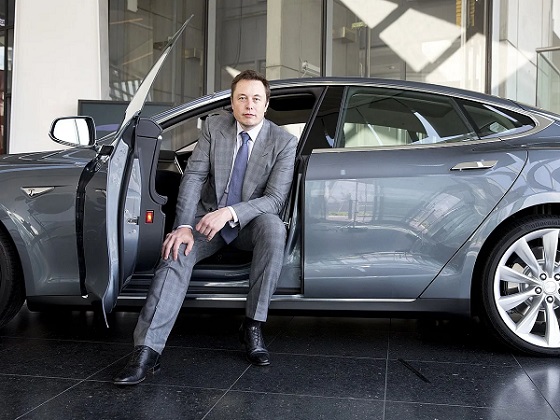
 Automotive2 days ago
Automotive2 days agoTrump Must Act to Halt the Tesla Terror Campaign
-

 Break The Needle2 days ago
Break The Needle2 days agoWhy psychedelic therapy is stuck in the waiting room
-
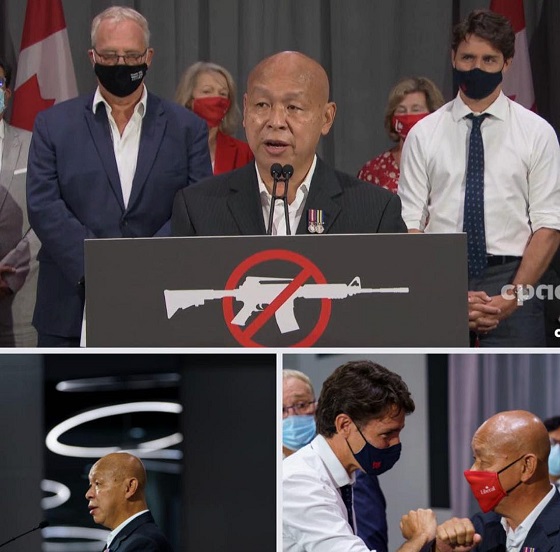
 2025 Federal Election2 days ago
2025 Federal Election2 days ago‘Coordinated and Alarming’: Allegations of Chinese Voter Suppression in 2021 Race That Flipped Toronto Riding to Liberals and Paul Chiang
-
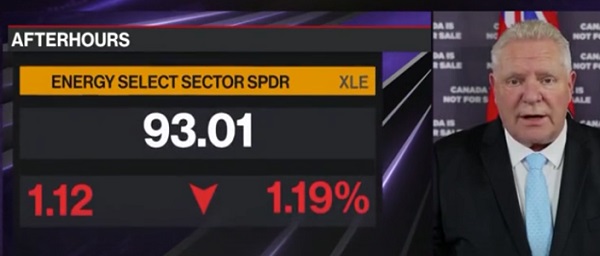
 2025 Federal Election2 days ago
2025 Federal Election2 days ago‘I’m Cautiously Optimistic’: Doug Ford Strongly Recommends Canada ‘Not To Retaliate’ Against Trump’s Tariffs
-

 Alberta2 days ago
Alberta2 days agoBig win for Alberta and Canada: Statement from Premier Smith
-
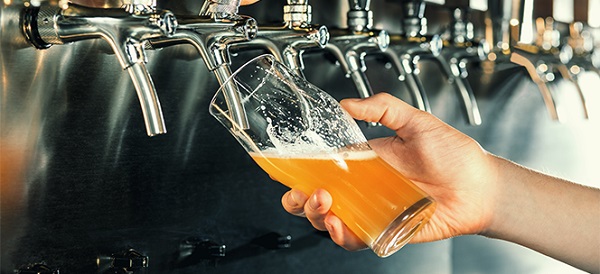
 2025 Federal Election2 days ago
2025 Federal Election2 days agoThree cheers for Poilievre’s alcohol tax cut
-

 Alberta2 days ago
Alberta2 days agoEnergy sector will fuel Alberta economy and Canada’s exports for many years to come




